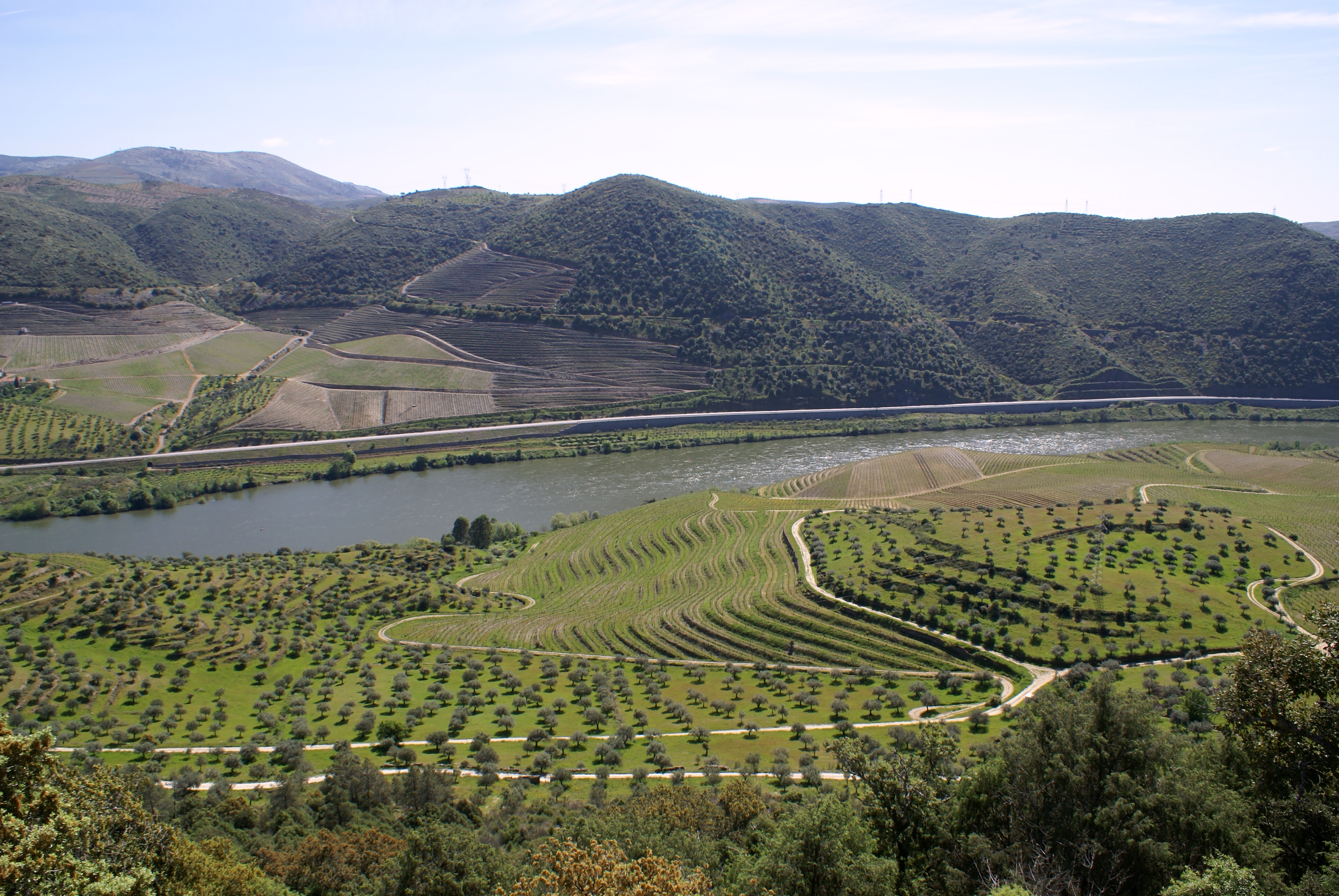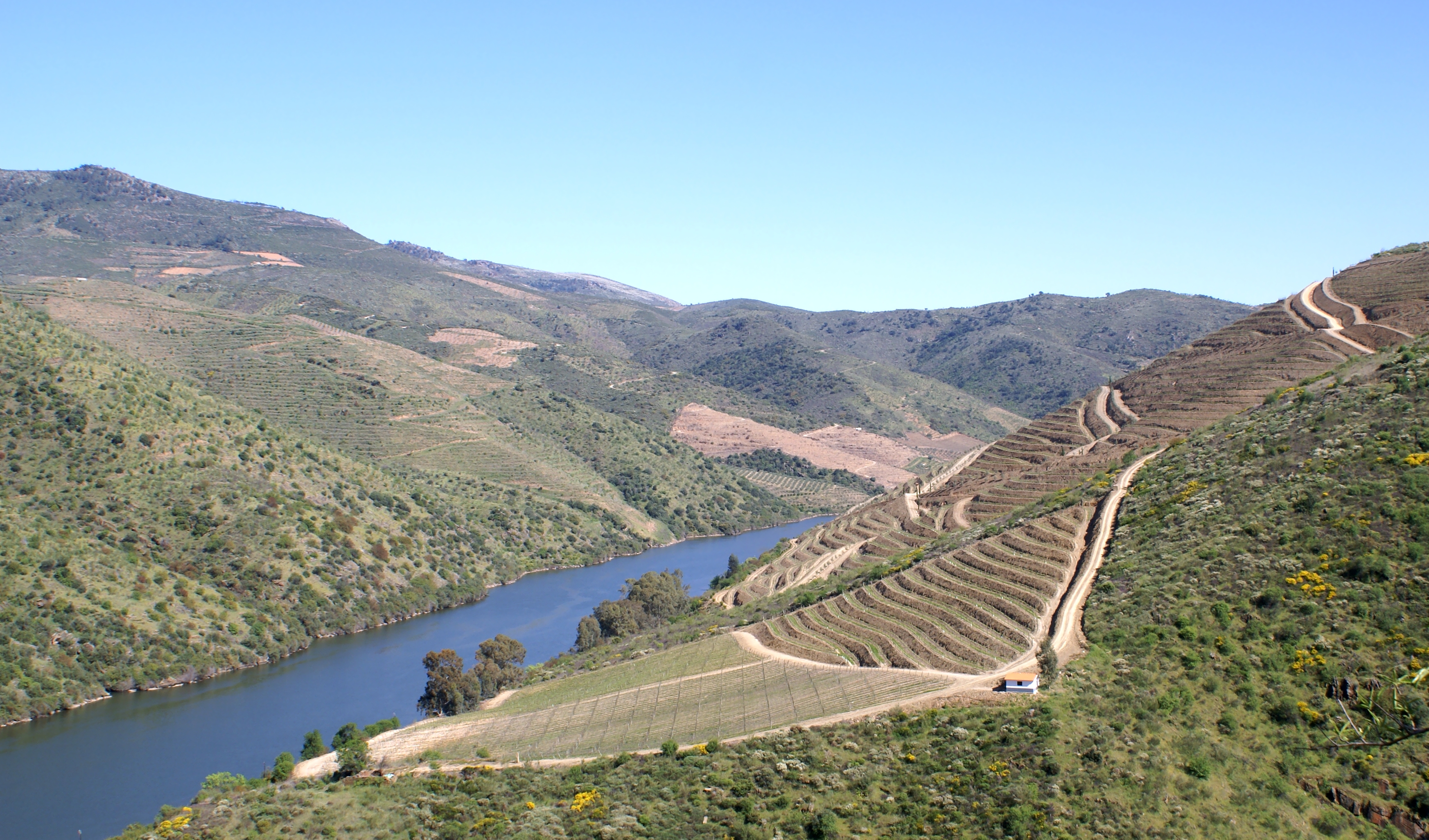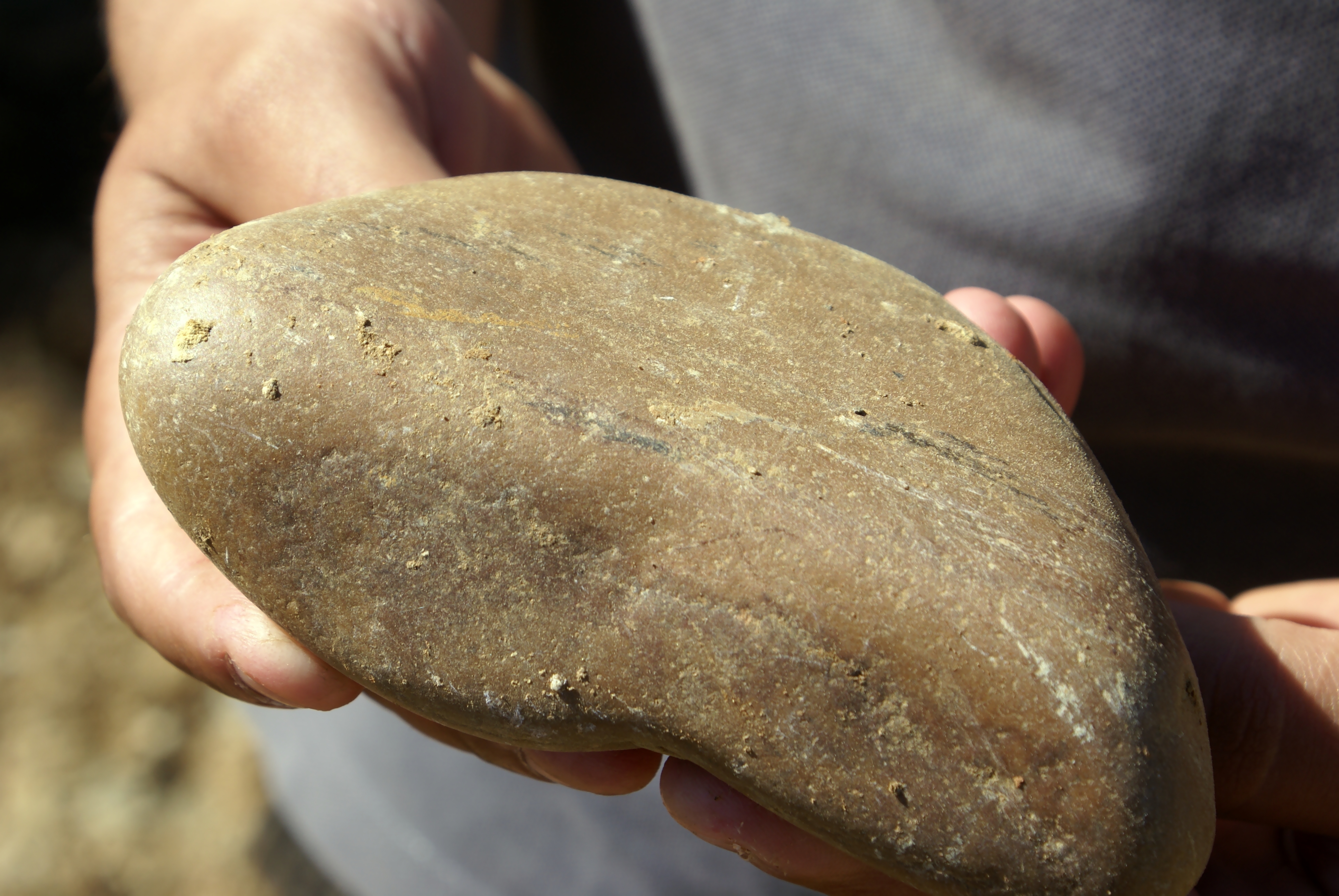In Portugal (3): Vale Meão: the new frontier
Posted on 15 April 2011
[Click here for other articles in this series]
My next visit in the Douro Valley after Quinta do Crasto was Vale Meão. Founded in 1877 by the famous Antónia Adelaide Ferreira and still run by her descendants, it is located 60km upstream of Crasto, a 2-hour drive or a 1-hour train ride. I opted for the latter, enjoying the spectacular views of the Douro as I passed by the region’s most famed vineyards: Panascal, Bomfim, Roriz, Vargellas, Canais and Vesúvio. Carving that train line out of the vertical slate slopes was a formidable feast of 19th-century engineering.
Without the railway, wine production at Meão was certainly not viable. While pipes of port could be brought to Oporto from the central Douro by boat, the Douro Superior subregion lays several narrow river gorges upstream. Dona Adelaide had a lot of foresight, however, and she realised the district’s potential before everybody else. Here the landscape is less abrupt than in the Cima Corgo (central Douro), and you can have several hectares of vineyard that are nearly flat (unthinkable farther downstream). That means less manual work and a possibility of mechanisation, therefore lower production costs. As it’s difficult to satisfy growing demand for Douro wines, the Douro Superior provides a solution. All major producers are investing here now, including Crasto, Vallado (my next visit), Rosa, Duorum, a mediatic new project, and several others.
Vale Meão has a lot of history, but its original vineyards were flooded by a dam on the Douro in the 1970s. With the same formidable foresight of his ancestor, Francisco Olazabal invested the compensation money in four times more vineyard planting. Today his son Francisco (Xito) is making some of the Douro’s most sought-after wines. Vale Meão and the estate’s second label, Meandro, have been impressively consistent since their inaugural vintage, 1999. I was treated to a complete vertical of Meandro from 1999 up to the 2009, still ageing in oak. My favourite was, paradoxically, the 2002, considered the decade’s weakest vintage but a wine of lovely balance, complexity and drinkability. It is peaking now but will keep a few years. 2004, 2007 and 2009 are the other very good years.
Balance is the keyword here. The Douro Superior is considerably hotter than the Cima Corgo, and in some years there is only 200 to 250 mm of rain (irrigation is a must in the younger vineyards). Consequently many Douro Superior wines are on the jammier side of jammy, with rich, overripe, somewhat New World-like flavours. But Xito Olazabal has a different approach. He picks earlier than many estates, and extracts less rather than more. Instead of exasperating the natural power of his terroir, he gives it additional balance and freshness. I was impressed by Vale Meão’s 2009 barrel samples and the 2002 drunk at lunch was superb. Xito is also making some exciting wines in the Dão region of central Portugal, called Munda, including a balanced 2007 Touriga Nacional and a delicious white 2009 Encruzado.
Disclosure
All wines as well as lunch provided by Quinta do Vale Meão. I am staying at various quintas with my family at the producers’ invitation. Other expenses of this trip to Portugal including flights and transfers are my own.





